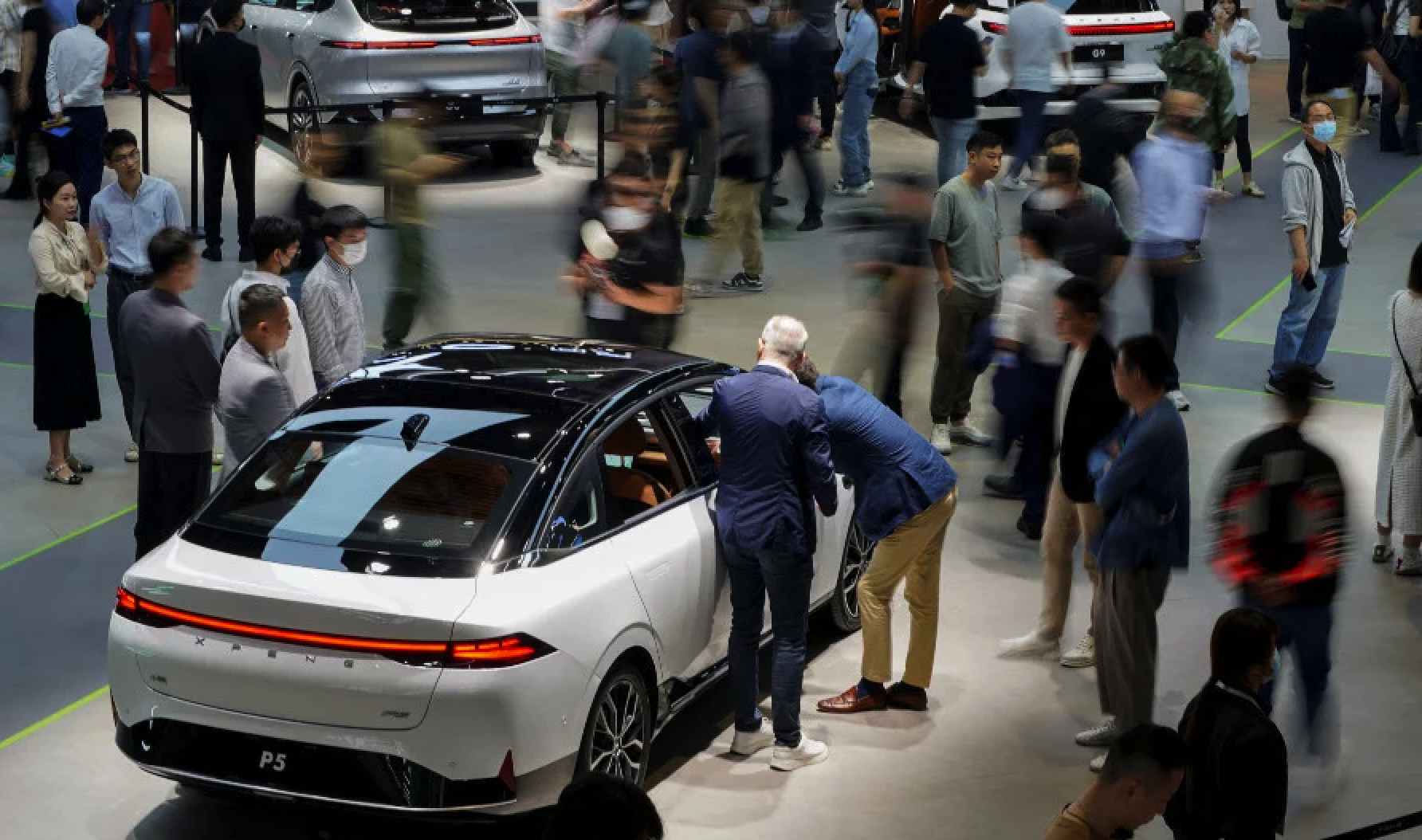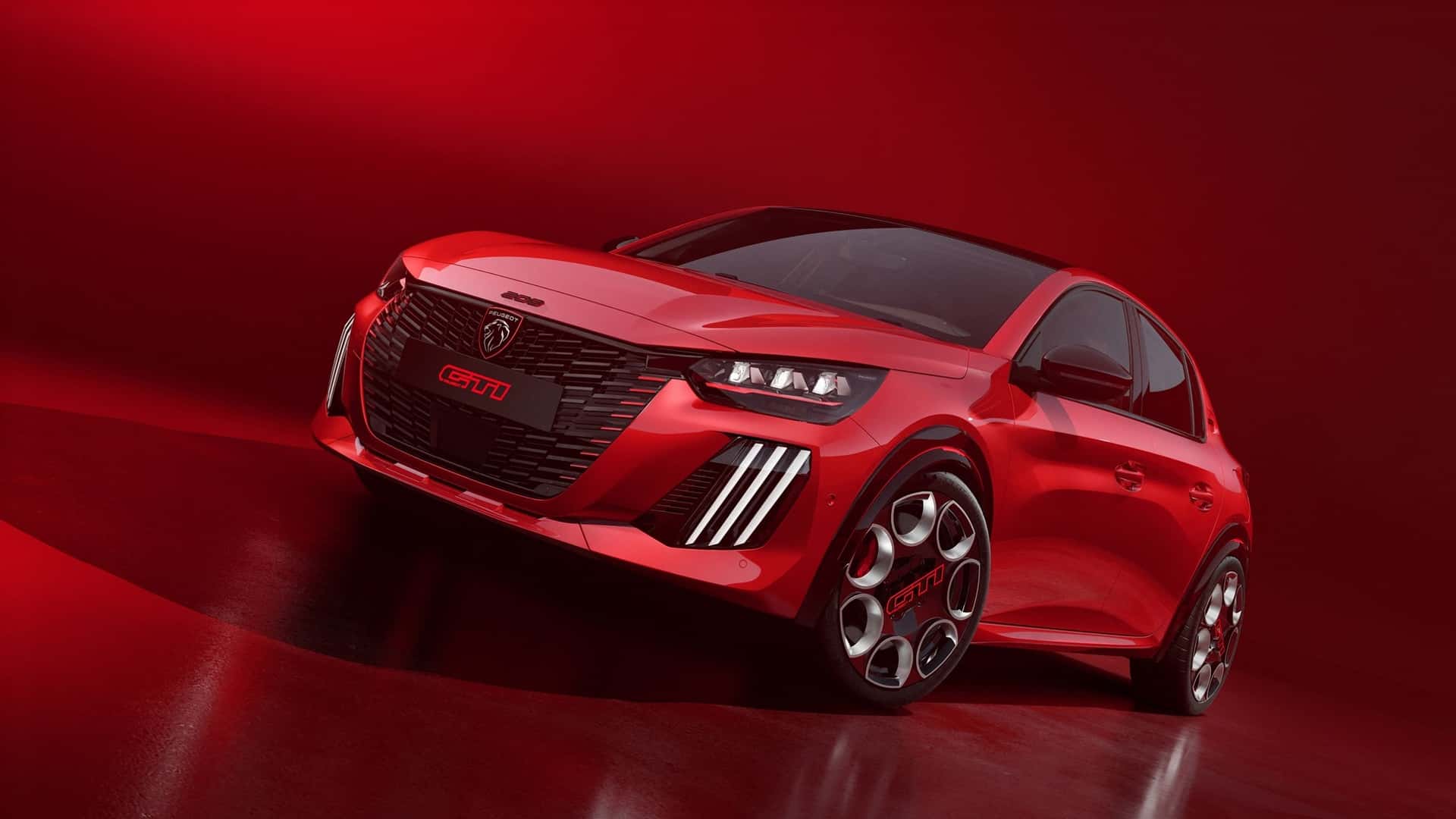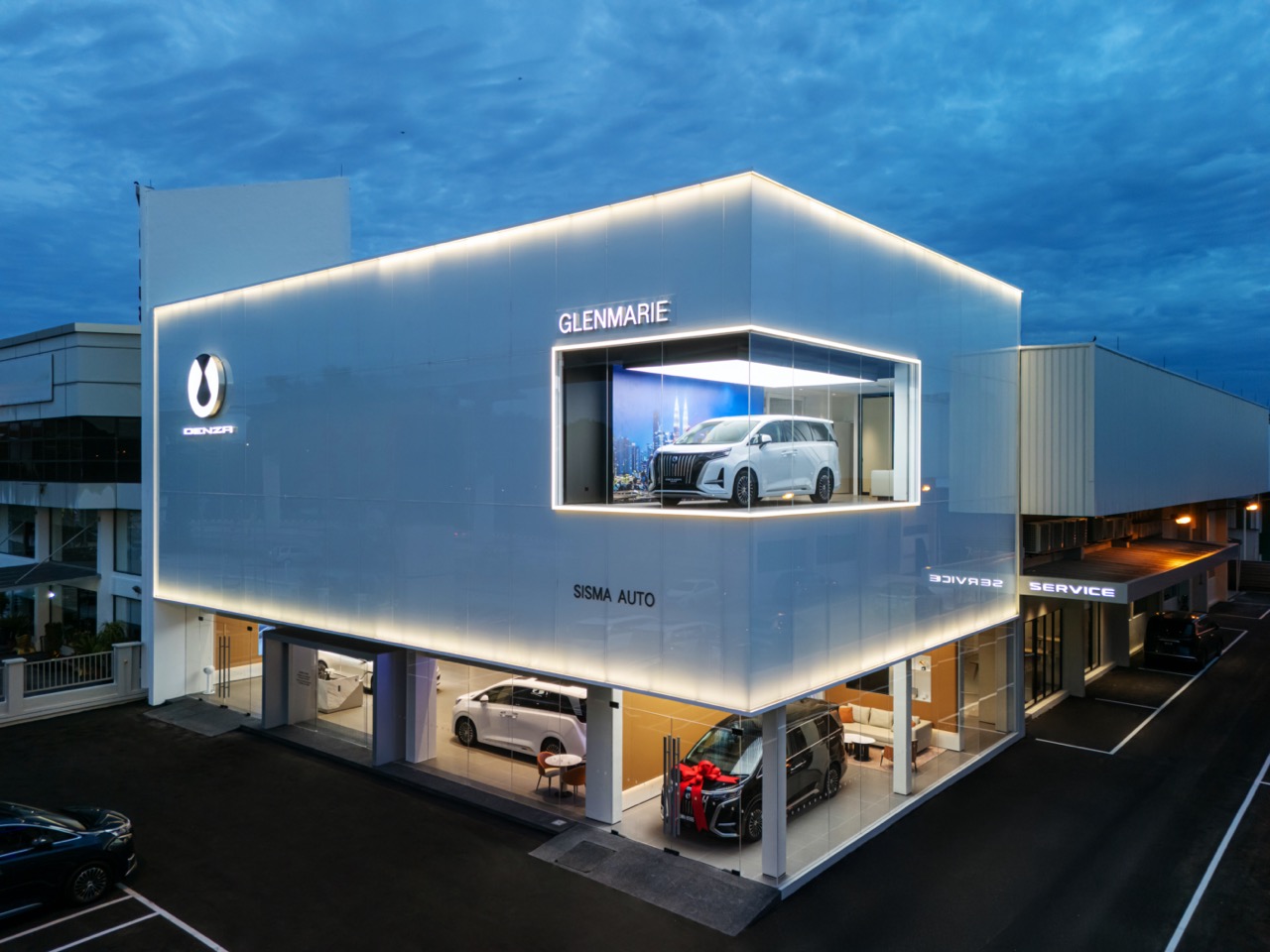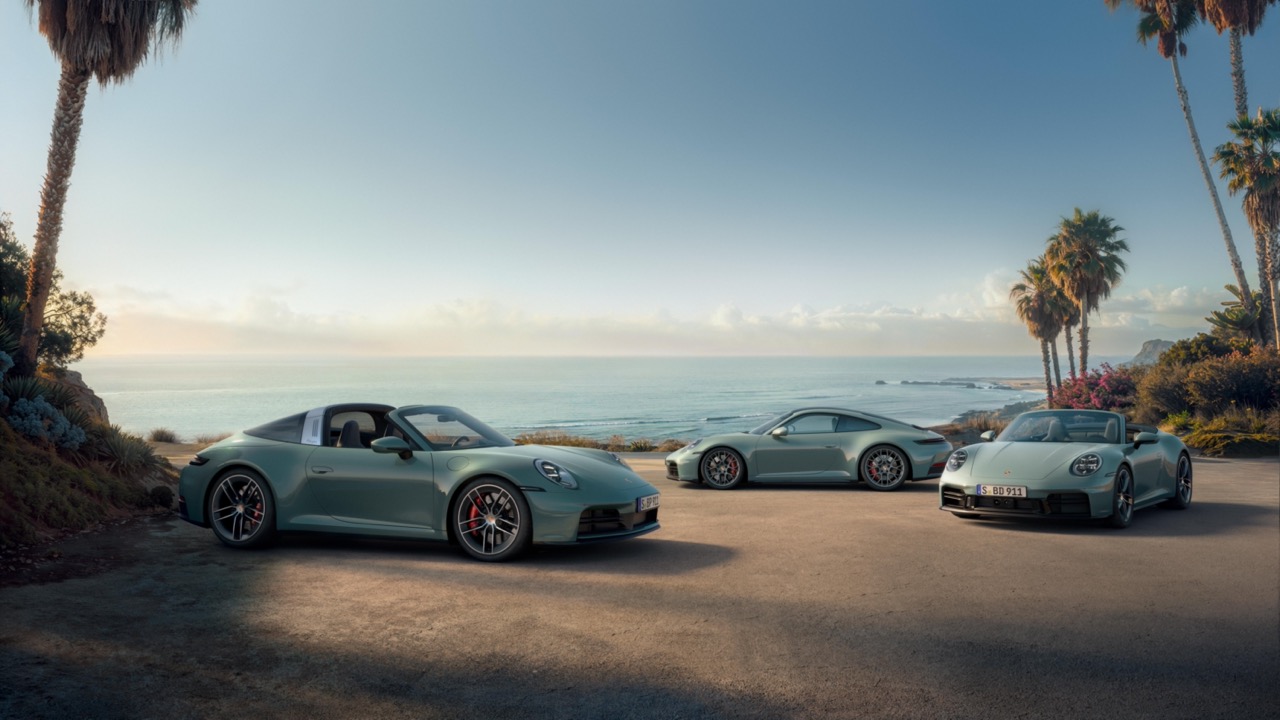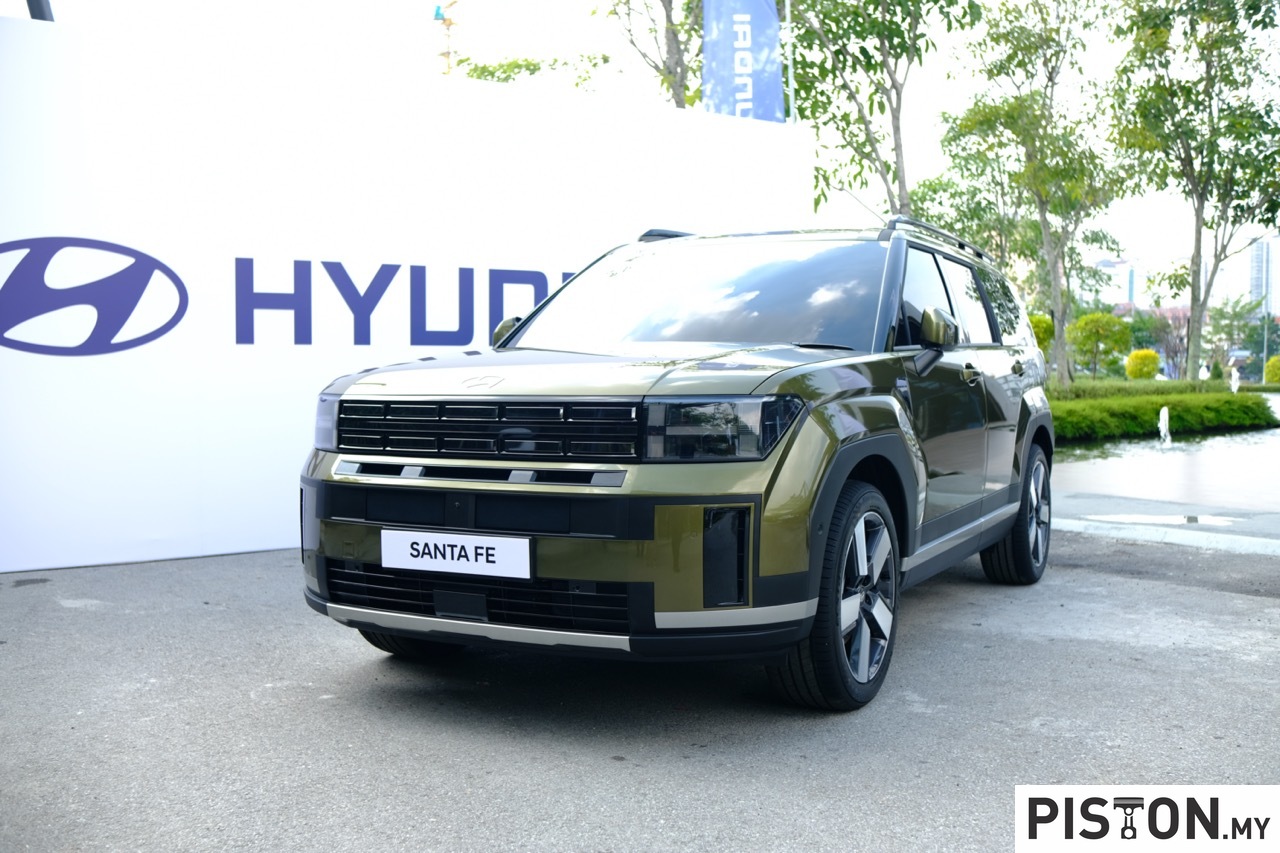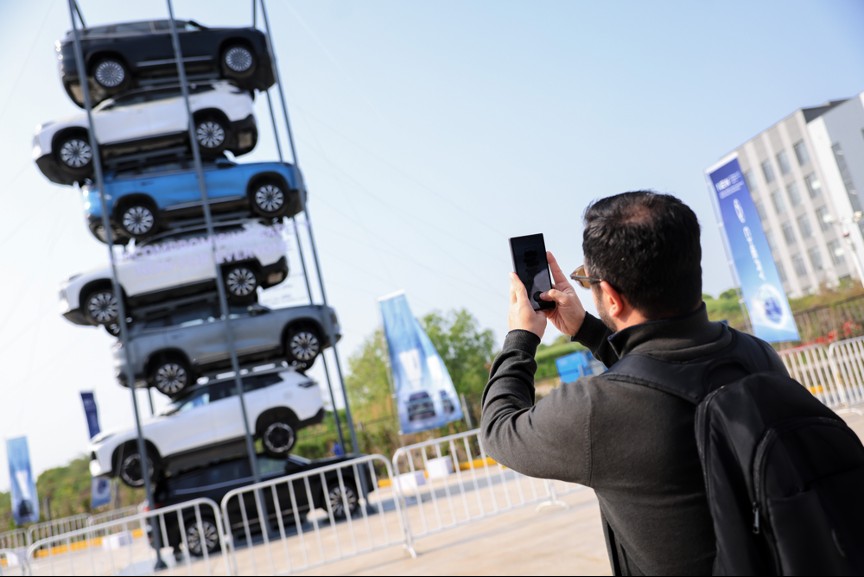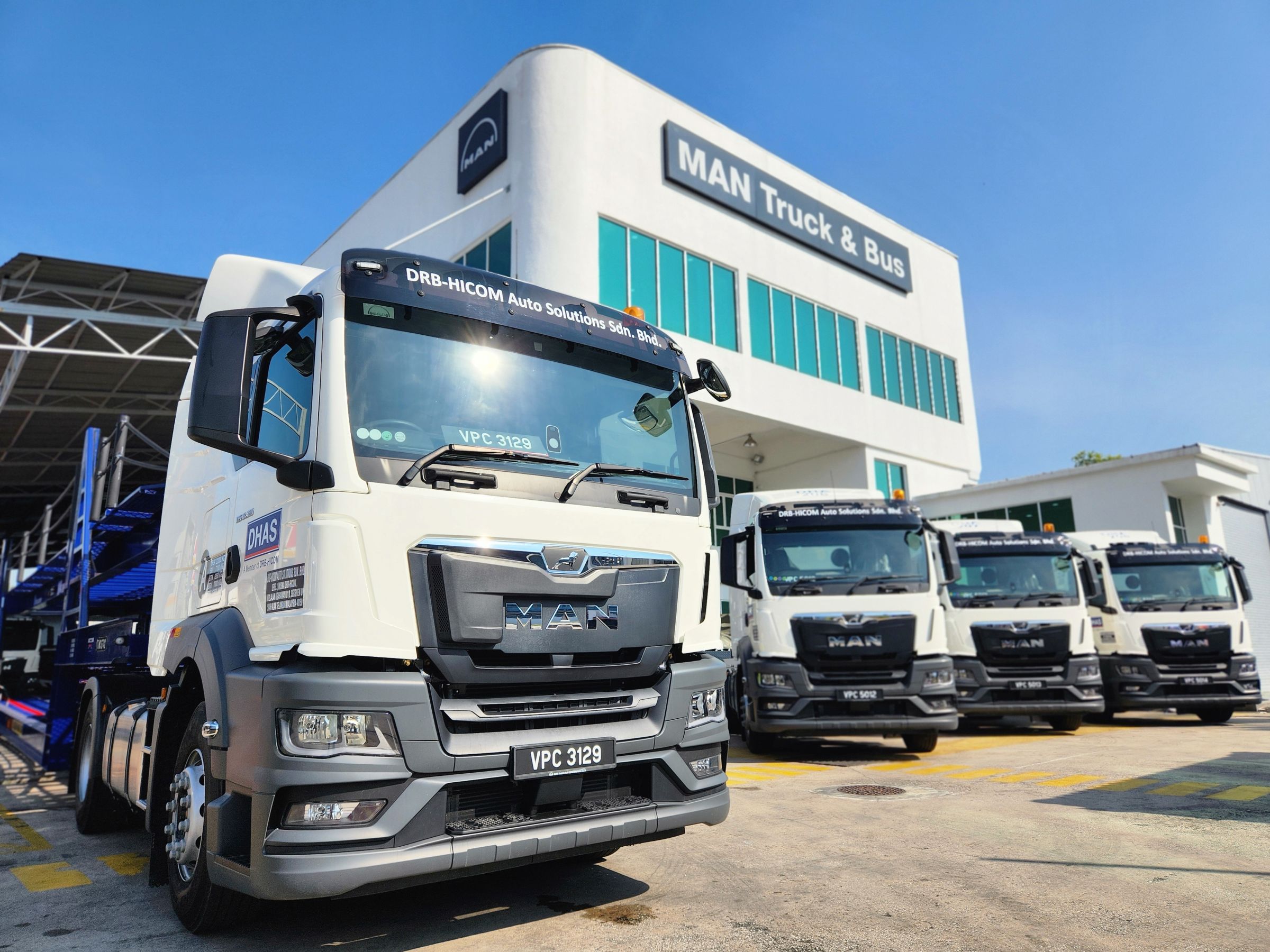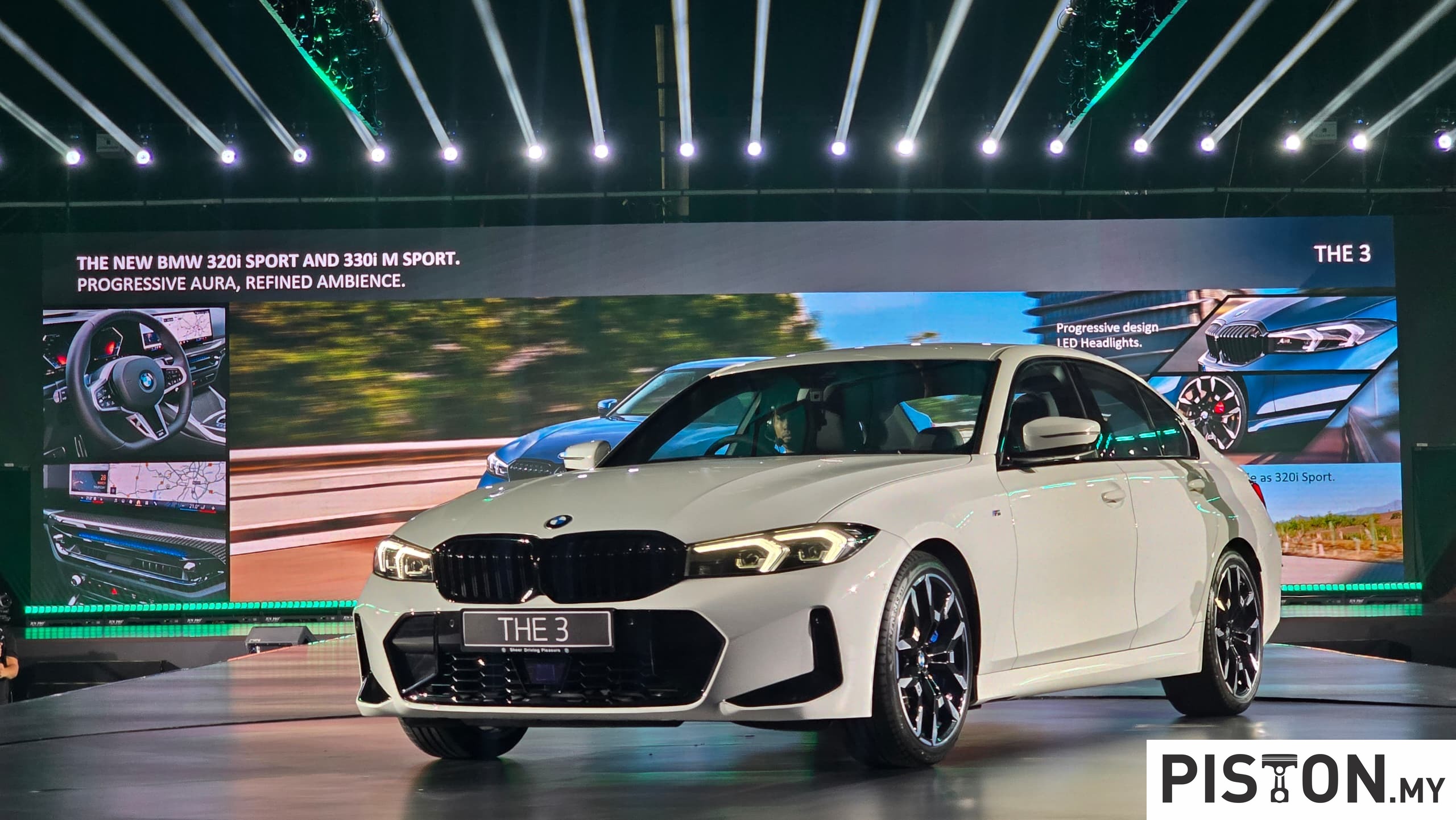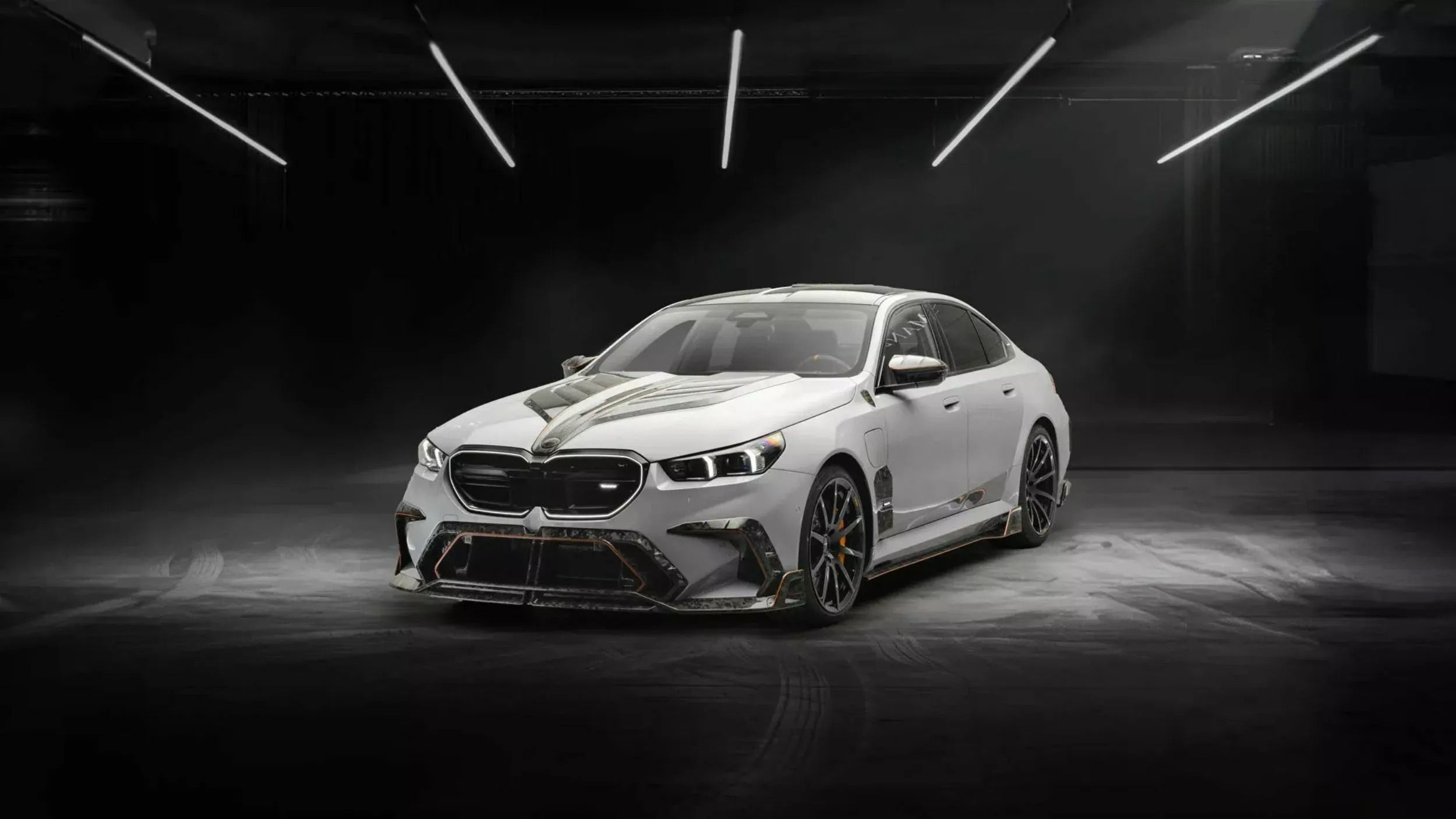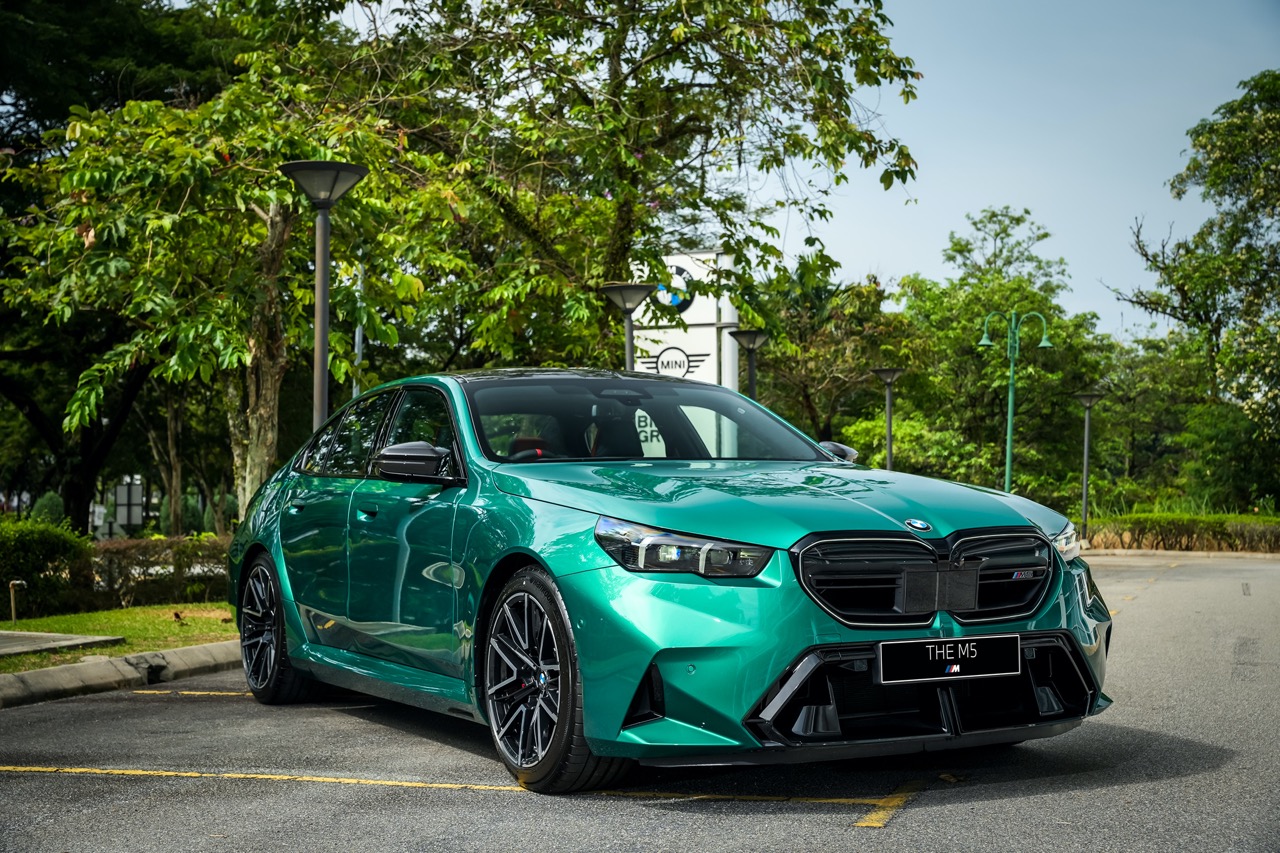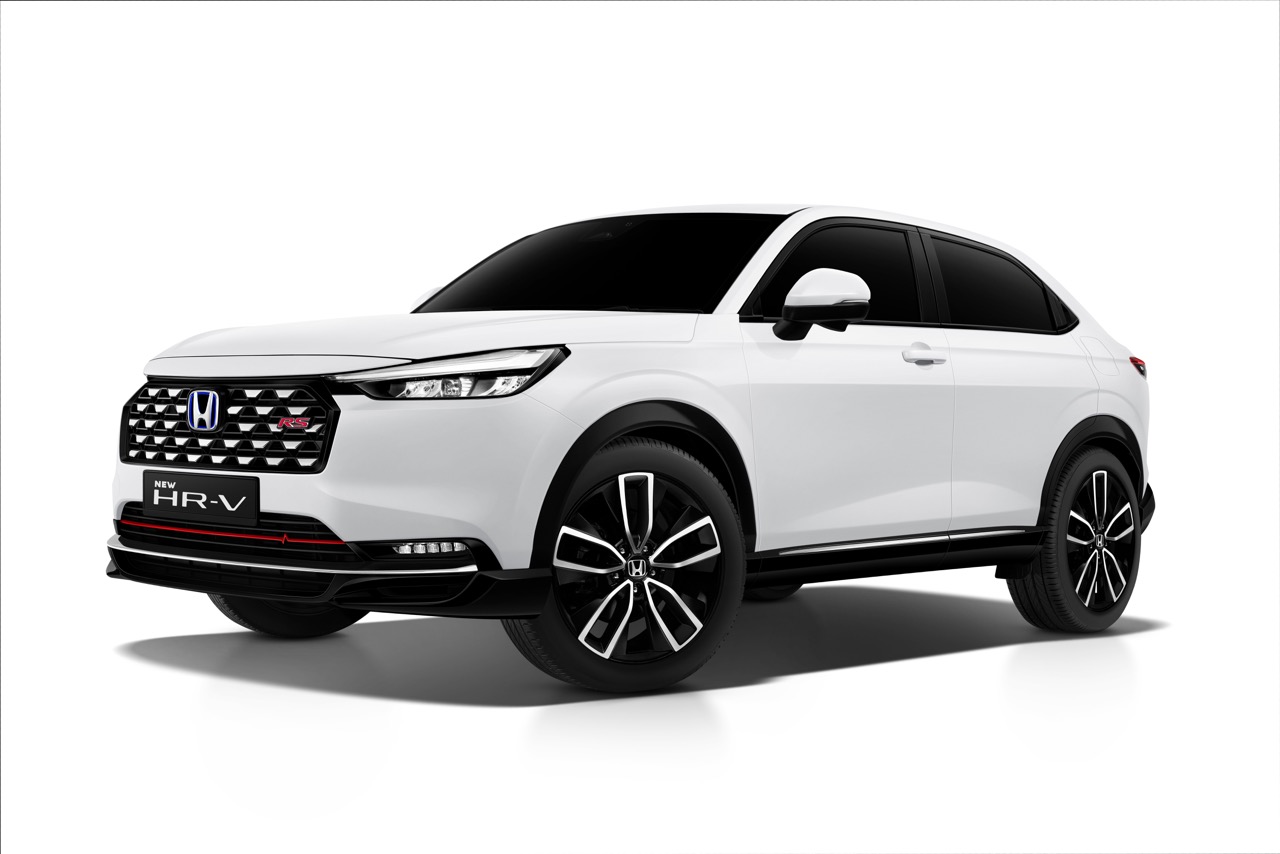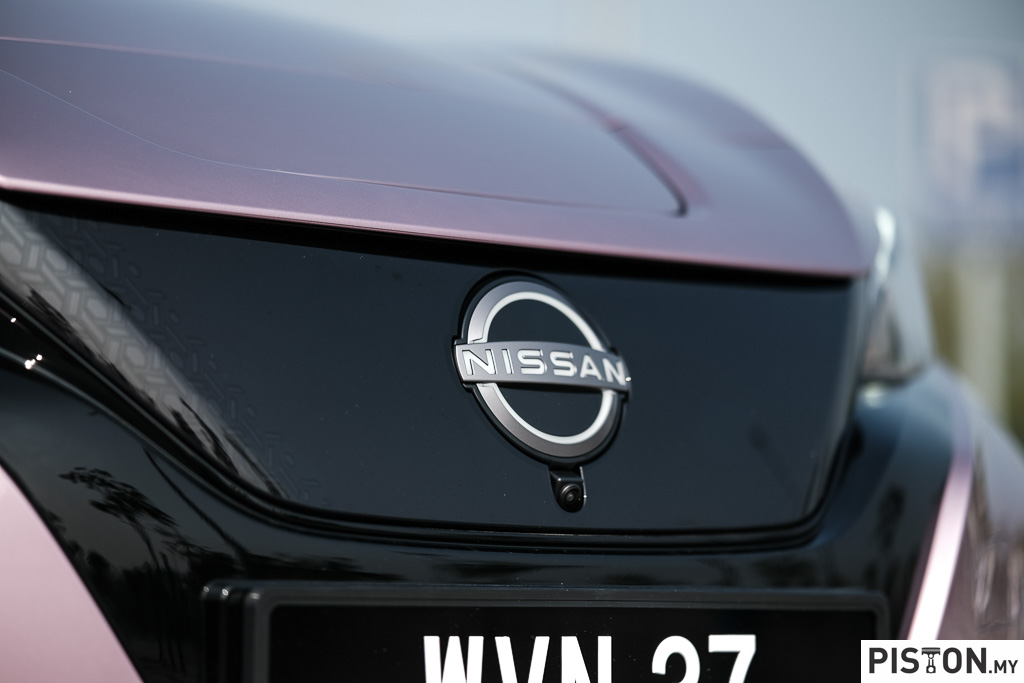As a car enthusiast, nothing beats the feeling of downshifting and flooring the throttle while passing through a tunnel just to hear your engine roar and get a glimpse of the flame shooting out your tailpipes. That’s what cars are about.
Now, imagine watching Fast and Furious but with electric vehicles (EVs). Wouldn’t be the same now, would it?
Sadly, the world is going into a “greener” future and ICE cars are being forgotten about. Based on the predictions of analysts and industry insiders, this year’s Shanghai Auto Show marked the end of the petrol engine era in China, as Chinese electric car firms push transformation across the sector and leave international competitors in the dust.
China has been a top player in the EV game because Chinese firms have secured the domination of their home market, the largest in the world, and are now beginning to turn their attention to international markets thanks to government support for EVs and growing consumer demand.
Electric vehicles made up a quarter of car sales in China in 2022, a year-on-year increase of 94%.
Shanghai has shown Chinese brands “can compete with all of the legacy automakers in every way — performance, quality, comfort, there’s nothing they can’t do”, said EV specialist Elliot Richards.
In Malaysia, according to Malaysian Automotive Association (MAA), around 2,631 EVs were sold in Malaysia last year, which represents an 860% gain over the three-figure tally from 2021. More than 10,000 totally electric vehicles are reportedly registered in the department’s database as of December 2022. With the BYD Atto 3 and Ora Good Cat now being popular and affordable, people are transitioning from ICE to electric.
According to forecasts made by Fitch Solutions Country Risk and Industry Research, sales of passenger EVs will increase by 82.0% in 2023, reaching a volume of about 5,840 units yearly.

“As more battery electric vehicles (BEVs) are introduced and give consumers more options, we predict that plug-in hybrid electric vehicles (PHEVs) will lose market share in 2023,” it said.
Norway is leading the way in putting an end to the dominance of internal combustion engines (ICE), with the sale of exclusively new, zero-emission automobiles starting in 2025. Norway is Western Europe’s leading adopter of EVs with just under 80% of new cars sold last year being electric.
In 2030, half of all new automobiles sold in the United States should be zero-emission vehicles, according to President Joe Biden’s climate plan.
To safeguard regional producers and encourage battery production, substantial subsidies are being implemented.
However, that objective includes plug-in hybrid vehicles. Despite having fossil fuel motors, these cars can go several dozen km on their batteries alone.
The US has a long way to go despite being the country where Tesla was born. Only 5.8% of last year’s market was accounted for by sales of solely electric vehicles.
Beginning in 2035, the governments of California and New York intend to prohibit the sale of all new fossil fuel vehicles other than plug-in hybrids. Canada has set the same goal.
Japan, the birthplace of the R32 Nissan Skyline GTR also known as, Godzilla. As a major auto producer, Japan intends to take its time transitioning to EVs and is prioritising hybrid vehicles, of which Toyota is the undisputed global leader. Only 1.7% of new cars sold last year were electric vehicles. In the 2030s, the government intends to prohibit the sale of all fossil fuel-powered vehicles other than hybrids.
The latest agreement retains a 2035 deadline for the sale of new fossil fuel vehicles, a crucial component of the bloc’s climate plans, and puts an end to three weeks of drama caused by a last-minute obstacle placed up by Germany.
Even hybrid automobiles won’t pass muster when all cars must be zero emission. Unless they are made to run on carbon-neutral synthetic fuels, only brand-new battery electric or hydrogen fuel cell vehicles will be permitted for sale in the bloc.
A carve-out was given for synthetic fuels in order to appease liberals in Germany. These fuels are currently under development, but it is believed that they will eventually be manufactured from CO2 using renewable energy, making their use emissions-neutral.
There are now many more low-emission zones around Europe, which restrict older vehicles’ entry to urban areas.
12.1% of new cars sold in the EU last year were fully electric cars. Ireland, the Netherlands, and Sweden have more aggressively established a goal of switching to zero-emission vehicles by 2030 within the EU.
India, which anticipates a rise in car ownership but is currently dealing with severe air pollution, has set a goal of having EVs make up 30% of all sales by 2030.
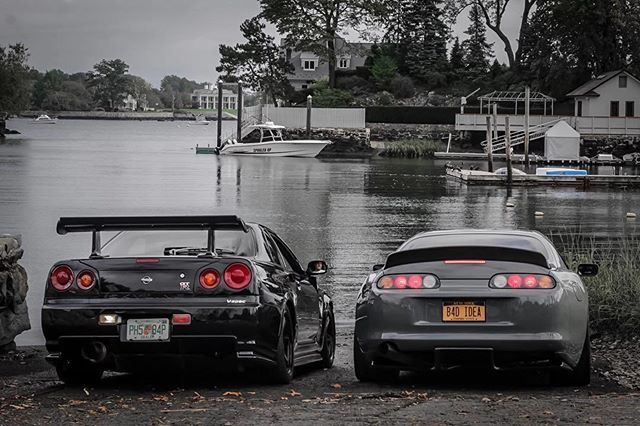
Sigh, everybody wants a battery with four wheels. It’s a little heartbreaking that the future generation will never know the rivalry that car enthusiasts had between the MK4 Supra and the Nissan Skyline GTR (R34). But then again, looking at the state of our planet now, going green may contribute to the reduction of pollution.



